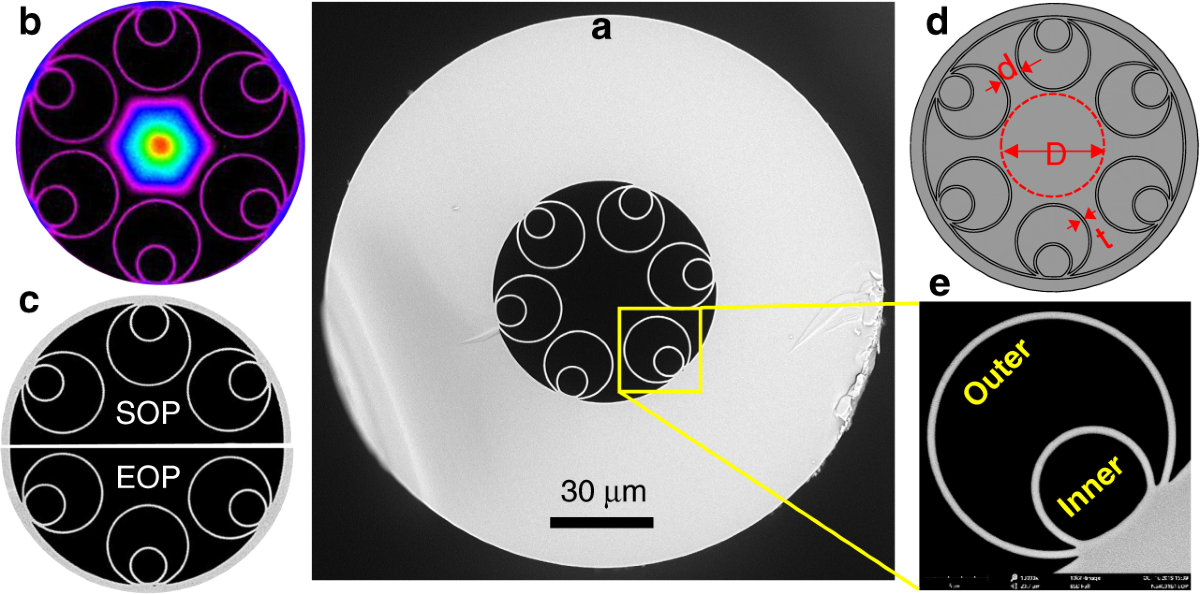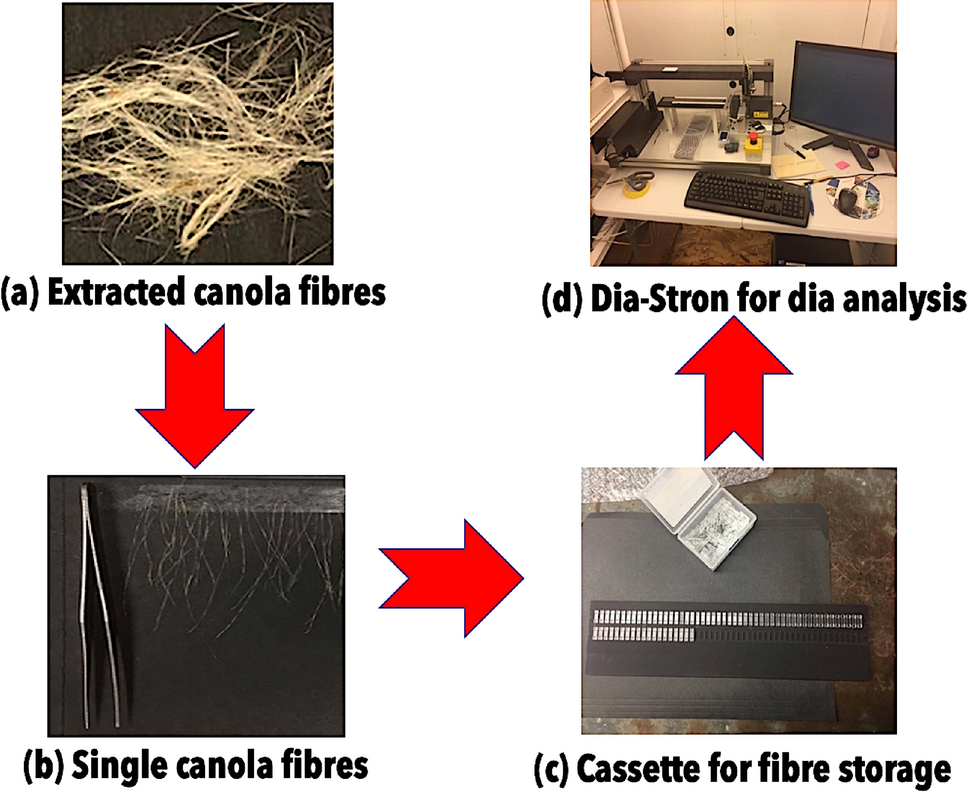How an Optical Fibre Diameter Analyser Ensures Consistent Results
How an Optical Fibre Diameter Analyser Ensures Consistent Results
Blog Article
Optimize Your Fibre Optic Performance: Comprehending Optical Fibre Size Analyser Modern Technology
The performance of fiber optic systems is seriously influenced by the accuracy of their diameter, an element usually neglected in the pursuit of optimum signal stability. Comprehending the technology behind optical fibre diameter analysers discloses the complex balance in between measurement accuracy and manufacturing high quality. These tools not just boost conformity with market criteria but likewise give real-time insights that can preemptively resolve potential problems. However, the effects of their usage extend beyond plain measurement; they can essentially alter the landscape of fibre optic efficiency. What aspects should one take into consideration to harness their complete capacity?
Relevance of Optical Fibre Size
The diameter of optical fibre plays a vital duty in figuring out the efficiency and performance of interaction systems. Conversely, smaller sizes often tend to sustain less modes, which can boost signal clarity and reduce crosstalk.

Moreover, understanding the diameter's implications can result in set you back savings by decreasing the demand for signal amplification and repeaters in extensive networks (optical fibre diameter analyser). To conclude, the value of optical fibre size can not be overemphasized, as it directly impacts the total performance and integrity of modern-day interaction systems

Exactly How Size Impacts Signal Quality
Signal top quality in optical fiber systems hinges dramatically on the diameter of the fibre. The size influences a number of key specifications, including depletion, data transfer, and modal diffusion. A smaller sized size can result in greater depletion rates, causing signal loss as light travels via the fiber. This depletion can compromise the stability of the transmitted information, leading to a decline in signal top quality, particularly over long distances.
Alternatively, bigger sizes typically enable enhanced light capture and decreased modal diffusion, improving signal clearness. In multimode fibers, a larger core size can support several light modes, yet it might additionally present intermodal dispersion, which can deteriorate signal high quality. Selecting the optimal fiber diameter is important for attaining the desired efficiency in specific applications.
Moreover, the communication in between the fibre diameter and the wavelength of the light used plays a vital duty in identifying the effective transmission range and overall signal integrity. Understanding exactly how fibre diameter affects signal top quality is crucial for network developers and designers making every effort to enhance optical fiber systems for reliable, high-speed data transmission.
Review of Size Analyser Innovation
In numerous optical fiber manufacturing procedures, accurate measurement of fibre size is vital for guaranteeing constant performance and top quality (optical fibre diameter analyser). Size analysers are innovative tools created to assess the physical dimensions of optical fibres with high precision. They utilize sophisticated optical and laser innovations to gauge the diameter, ovality, and concentricity of the fibre, hence giving important information for quality assurance
These analysers can operate in-line during the manufacturing process or as component of off-line testing protocols. In-line systems make it possible for real-time surveillance, allowing makers to change specifications instantly, consequently keeping optimum manufacturing problems. Off-line analysers, on the various other hand, supply comprehensive assessments of sets, guaranteeing that any kind of deviations from specified resistances are identified and attended to.
Diameter analysers considerably add to the reduction of flaws in optical fibers, boosting total product reliability. By constantly measuring crucial parameters, these technologies assist in compliance with sector requirements and specs. As the demand for high-performance optical fibres remains to rise, the function of diameter analysers becomes increasingly crucial in attaining the desired quality and performance standards in fiber optic systems.
Key Attributes of Fibre Size Analysers
Although numerous versions of fibre diameter analysers exist, they generally share numerous key attributes that improve their capability and integrity. Among the most substantial features is high-resolution dimension capabilities, which ensure accurate diameter analyses, important for preserving quality control in fibre manufacturing. In addition, several analysers include advanced optical sensing units developed to detect minute variants in fiber size, therefore giving vital information for procedure optimization.
Another important attribute is real-time monitoring, permitting drivers to receive prompt feedback on fiber diameter throughout the manufacturing process (optical see this site fibre diameter analyser). This capacity promotes rapid adjustments and decreases the chance of flaws. Lots of analysers additionally come geared up with user-friendly interfaces, enabling drivers to conveniently browse with data and settings results
In addition, robust information storage space and evaluation functionalities are necessary for tracking historic performance patterns and making certain conformity with industry standards. Some designs also supply connection choices for combination right into existing production control systems, boosting overall functional efficiency. Portable and mobile layouts enable for flexible release within production settings, making sure that quality assurance processes are seamless and efficient. These attributes jointly add to the effectiveness of fiber size analysers in optimizing fibre optic efficiency.
Finest Practices for Fiber Optimization

First, regular calibration of optical fiber diameter analysers is important. This makes sure accurate measurements and reduces potential disparities that could affect performance. Next off, maintaining a clean workplace is important; dirt and pollutants can cause signal degradation.
In addition, it is necessary to pick fibres that fulfill particular application needs. This includes reviewing factors such as attenuation, bandwidth, and environmental problems. Proper setup techniques must also be followed, consisting of avoiding sharp bends and extreme stress, which can compromise fiber stability.
In addition, utilizing sophisticated tracking systems can help with real-time efficiency assessments, making it possible for prompt recognition of concerns. Normal screening and maintenance ought to be performed look here to ensure that fibres stay within ideal functional criteria.
Last but not least, training employees on the latest fiber optimization modern technologies and approaches will certainly enhance their capacity to apply efficient methods. By following these ideal practices, companies can dramatically improve the performance and life-span of their optical fibre systems, making sure efficient communication and information transfer.
Verdict
In verdict, the assimilation of optical fiber diameter analyser innovation is essential for taking full advantage of fiber optic efficiency. By making sure accurate dimensions of fibre dimensions, these analysers considerably enhance signal quality and reduce losses during information transmission. Regular calibration and upkeep of the analysers are essential to promote optimum performance and compliance with industry standards. Ultimately, the application of this modern technology promotes improved information transmission prices and strengthens signal integrity, adding to the general performance of fiber optic systems.
Signal quality in optical fibre systems hinges considerably on the size of the fibre.In numerous optical fiber production processes, accurate measurement of fibre size is important for ensuring constant performance and top quality. As the need for high-performance optical fibres continues to increase, the role of size analysers becomes progressively essential in accomplishing the preferred top quality site and efficiency standards in fiber optic systems.
These functions collectively add to the effectiveness of fibre diameter analysers in enhancing fibre optic efficiency.
In conclusion, the assimilation of optical fiber size analyser modern technology is important for making best use of fiber optic performance.
Report this page